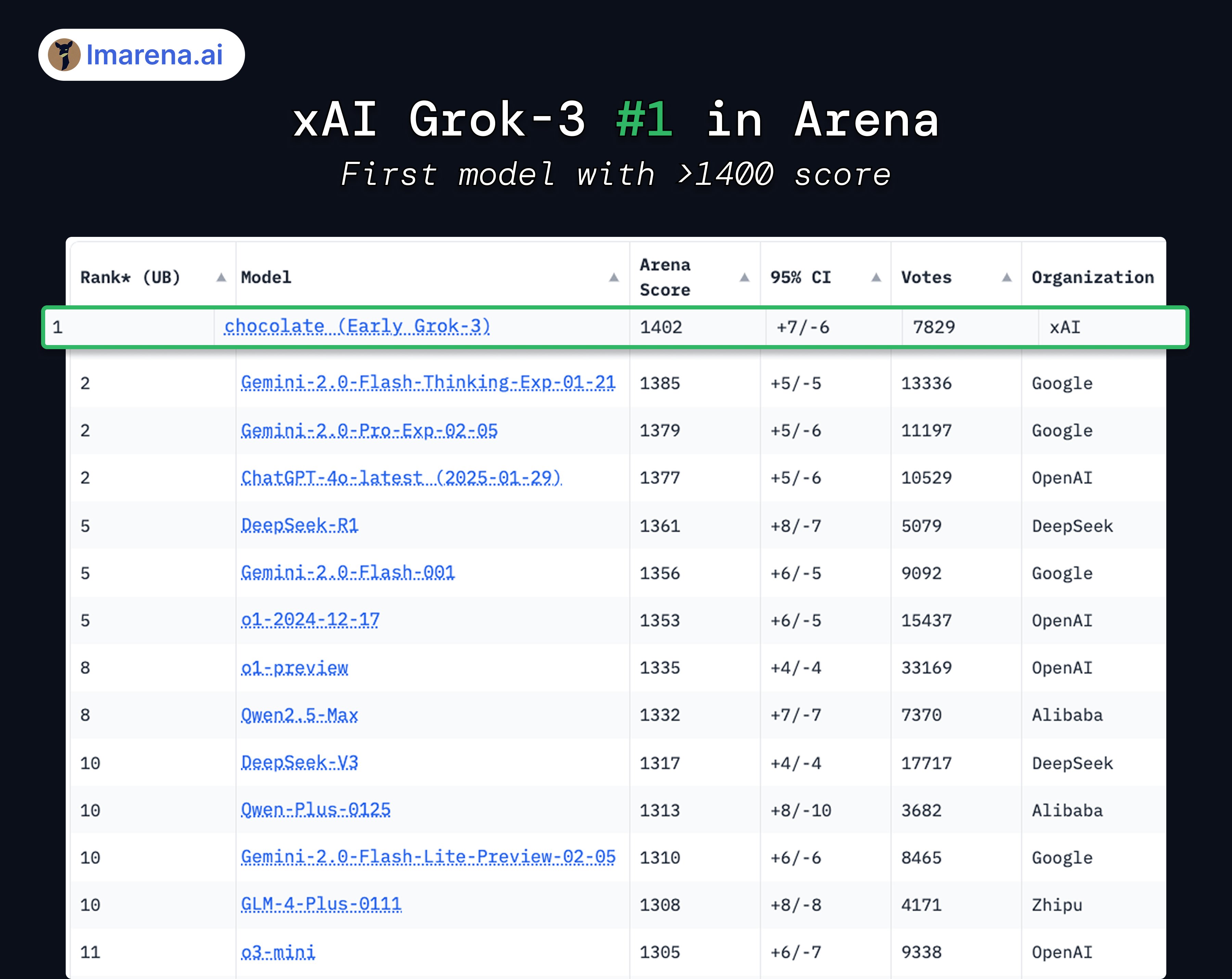Elon Musk’s xAI has made waves in the artificial intelligence (AI) space with the launch of Grok-3, touted as ‘the smartest AI on Earth.’ This cutting-edge model has achieved state-of-the-art (SoTA) performance across a range of tasks, including math, science, and coding, outperforming competitors like Google’s Gemini-2 Pro, Anthropic’s Claude 3.5 Sonnet, and OpenAI’s GPT-4o on key benchmarks.
What Makes Grok-3 Stand Out?
Grok-3 is being rolled out gradually via the Grok app, with a smaller, faster version called Grok-3 mini also available. Both models have demonstrated exceptional capabilities, topping benchmarks such as AIME‘24, GPQA, and LiveCodeBench. An early version of Grok-3 even secured the #1 spot on Chatbot Arena, a popular platform for comparing AI models.

One of the standout features of Grok-3 is its reasoner variations, which allow the model to ‘think through’ problems in a manner similar to OpenAI’s o3-mini and DeepSeek R1. This capability, combined with its support for deep research, makes Grok-3 a formidable tool for complex problem-solving.
Unprecedented Compute Power
Grok-3’s development was powered by xAI’s Colossus supercomputer, which boasts an impressive 200,000 H100 GPUs. This represents a 10x increase in compute power compared to its predecessor, Grok-2, and underscores the importance of scaling laws in AI development. The massive computational resources have enabled Grok-3 to achieve unparalleled performance, solidifying xAI’s position in the AI race.
The AI Race Heats Up
While Grok-3 has positioned xAI as a leader in the AI domain, the competition is far from over. OpenAI is gearing up to launch GPT-4.5, followed by a unified GPT-5. Meanwhile, other players like Anthropic, DeepMind, and Chinese tech giants such as Alibaba and DeepSeek are also making significant strides in AI innovation.
As the AI landscape continues to evolve, it remains to be seen how long Grok-3’s leadership will last. One thing is certain: the race to develop the most advanced AI is accelerating, and the stakes have never been higher.